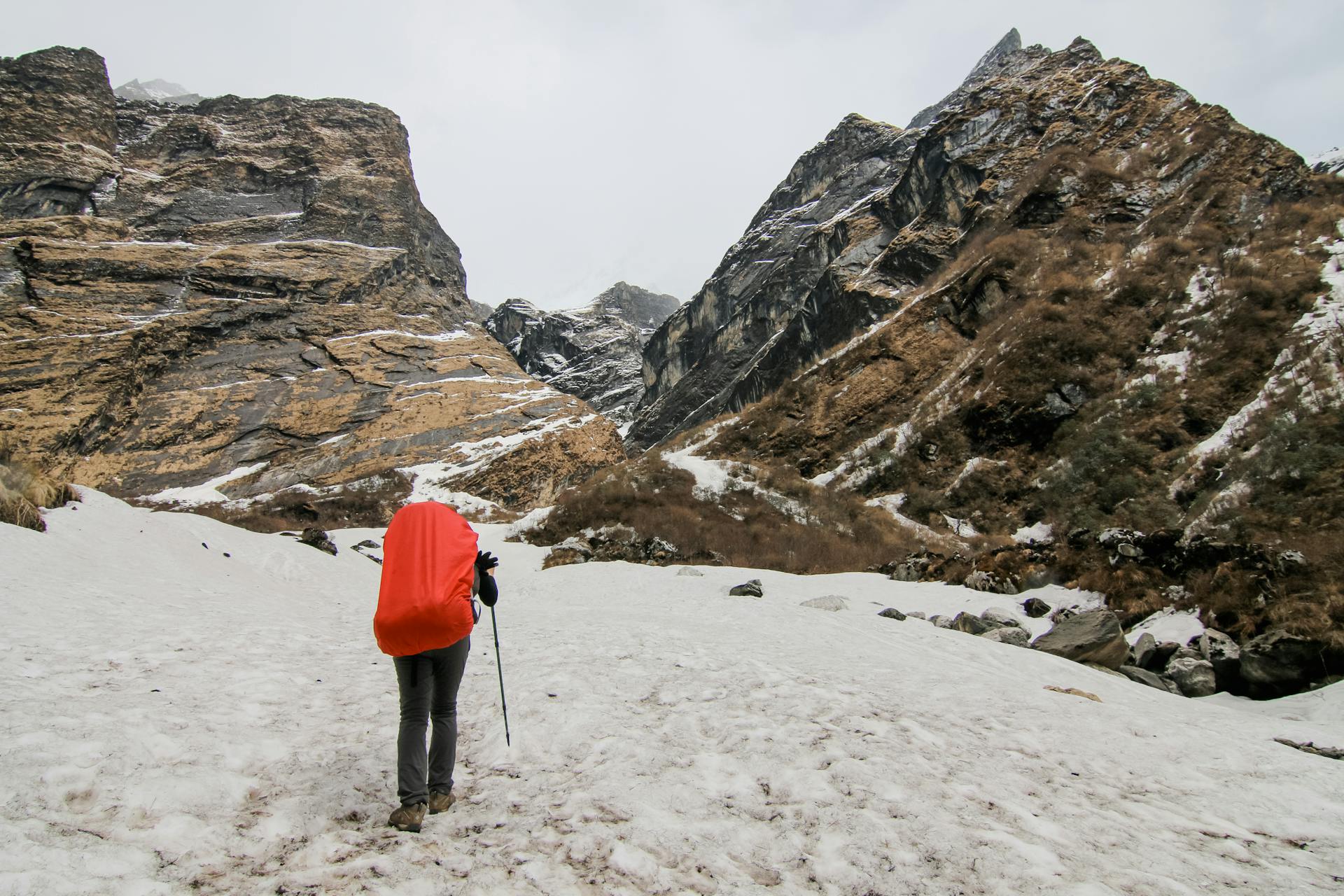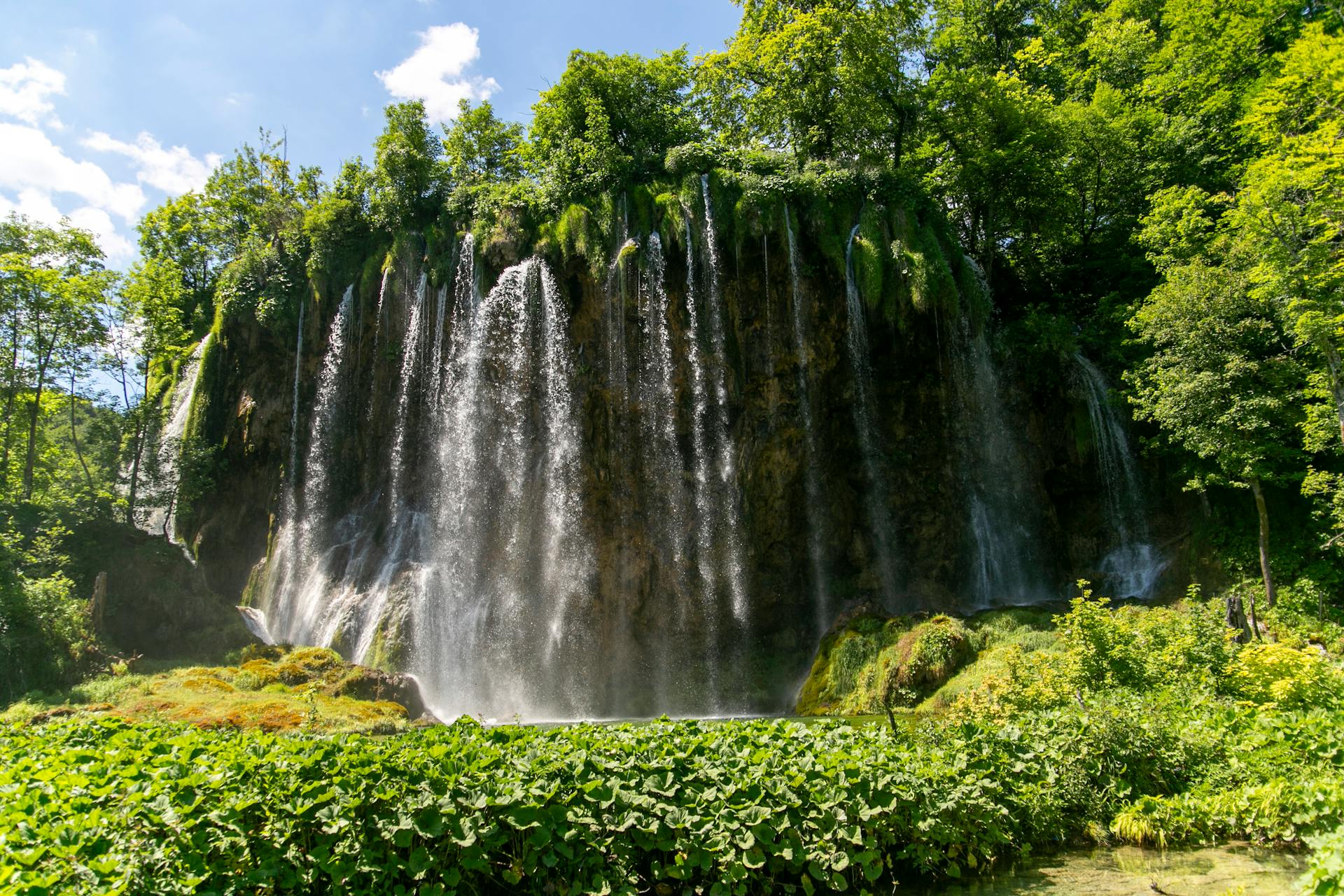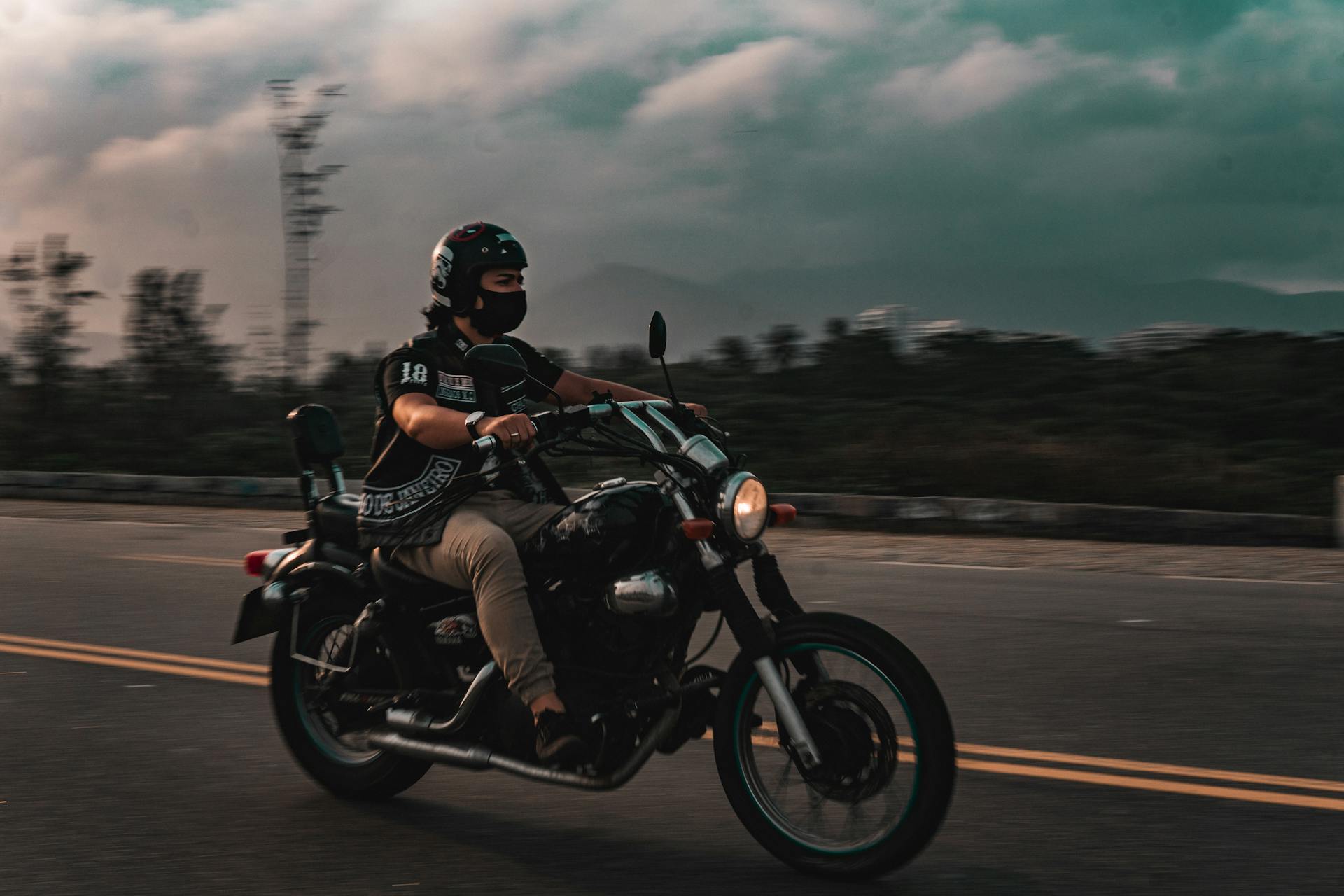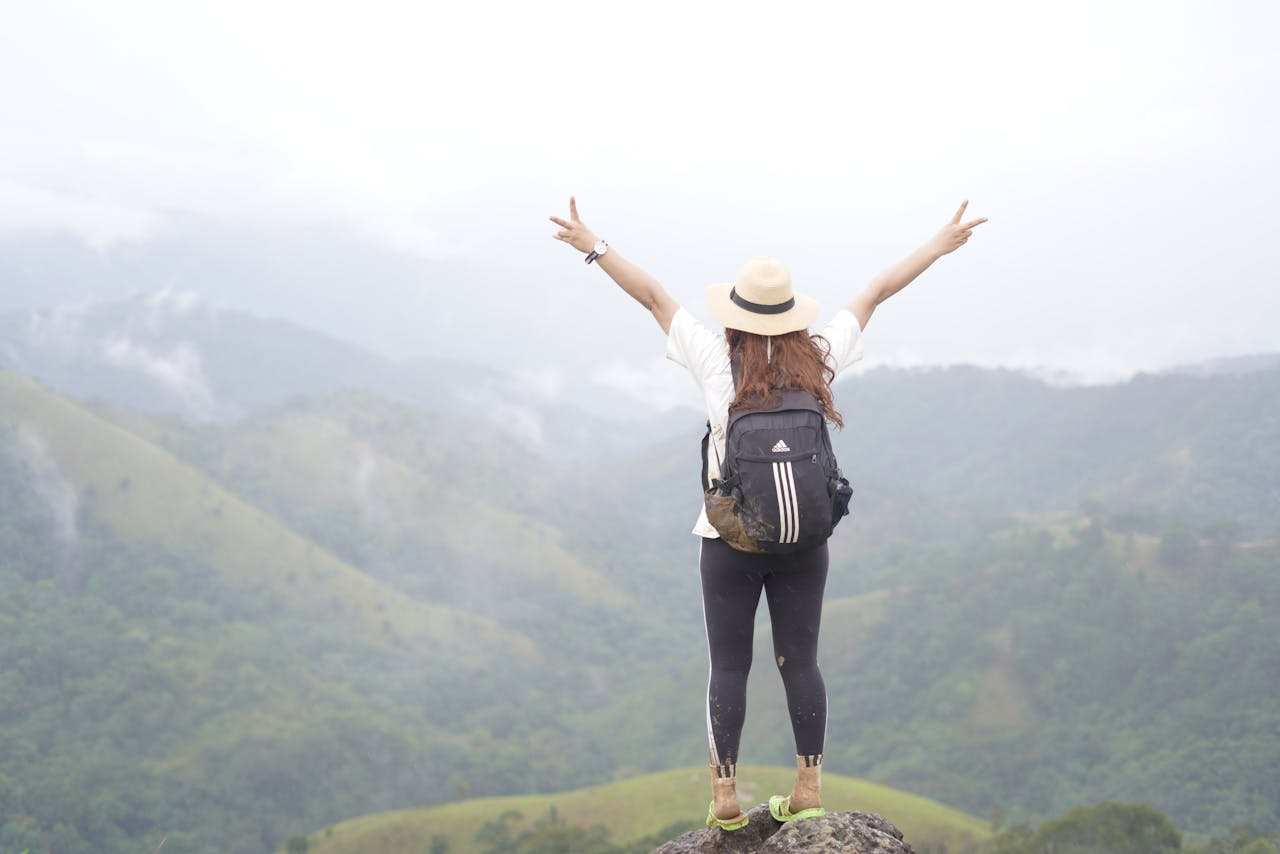Proper preparation is paramount for a safe and enjoyable day hike. Packing the right gear can mean the difference between a memorable adventure and a stressful ordeal. Here’s a detailed breakdown of what you should bring:
The Ten Essential Hiking Items
These items are considered non-negotiable for any hike, regardless of length or difficulty:
- Navigation:
- A detailed map of the hiking trail.
- A reliable compass for orienting yourself.
- A GPS device (or a smartphone with a GPS app and a fully charged battery) as a backup. Knowing how to read and use a map and compass is crucial, even if you have a GPS device.
- Sun Protection:
- Broad-spectrum sunscreen with an SPF of 30 or higher.
- Sunglasses with UV protection.
- A wide-brimmed hat to shield your face, neck, and ears.
- Insulation:
- Layered clothing system: A base layer to wick away moisture, an insulating layer like a fleece jacket, and a waterproof outer layer.
- Extra socks for changing into if your feet get wet.
- Emergency Shelter:
- A lightweight bivy sack or emergency blanket to protect you from wind, rain, and cold in case of unexpected circumstances.
- First-aid kit:
- Essential items include bandages, antiseptic wipes, pain relievers, blister treatment, and any personal medications. Consider taking a basic first-aid course to learn how to use these items effectively.
- Fire Starter:
- Waterproof matches, a lighter, or a fire starter to ignite a fire for warmth, signaling, or cooking (if permitted).
- Light:
- A headlamp is preferred over a flashlight for hands-free illumination. Ensure it has fresh batteries.
- Extra batteries for your headlamp or flashlight.
- Repair Kit and Tools:
- A multi-tool with pliers, scissors, and a knife for various repairs.
- Duct tape for quick fixes.
- Repair kits for specific gear, like a tent or backpack.
- Nutrition:
- High-energy snacks like energy bars, trail mix, or nuts.
- Packed lunch or food for longer hikes.
- Hydration tablets or electrolyte powder to replenish essential minerals.
- Water:
- At least two liters of water, depending on the hike’s length and intensity.
- A hydration pack or water bottle with a convenient carrying system.
Additional Gear Considerations
- Footwear: Sturdy hiking boots or trail running shoes with good ankle support. Consider waterproof or water-resistant options.
- Backpack: A backpack that fits your torso comfortably and has enough capacity for your gear.
- Clothing: Moisture-wicking base layers, waterproof and breathable outer layers, and quick-drying pants.
- Headwear: A beanie or warm hat for colder conditions, and a baseball cap for sun protection.
- Accessories: Sunglasses with UV protection, gloves for cold weather, trekking poles for stability, and a whistle for emergencies.
Safety First
- Inform someone of your hiking plans: Share your itinerary with a friend or family member, including your trailhead, expected return time, and emergency contact information.
- Check weather conditions: Be aware of the forecast and be prepared for changing weather conditions.
- Hike with a buddy: Hiking with a partner increases safety and provides companionship.
- Respect wildlife: Observe wildlife from a distance and avoid disturbing their habitat.
By carefully planning and packing, you can ensure a safe and enjoyable hiking experience. Remember, the best gear is the gear you’ll actually use. Start with the essentials and gradually add items as your hiking experience grows.









Leave a Reply
View Comments